
It took over 20 years of gardening to realize that I didn’t have to work so hard to achieve a fruitful harvest. As the limitless energy of my youth gradually gave way to the physical realities of mid-life, the slow accretion of experience eventually led to an awareness that less work can result in greater crop yields.
Inspired in part by Masanobu Fukuoka’s book, One Straw Revolution, my family experimented with gardening methods which could increase yields with less effort. Fukuoka spent over three decades perfecting his so-called “do-nothing” technique: commonsense, sustainable practices that all but eliminate the use of pesticides, fertilizer, tillage, and perhaps most significantly, wasteful effort.
Here are the strategies we used which enabled us to greatly increase our garden yield, while requiring less time and less work.
1. Use the ‘no-till’ method of gardening
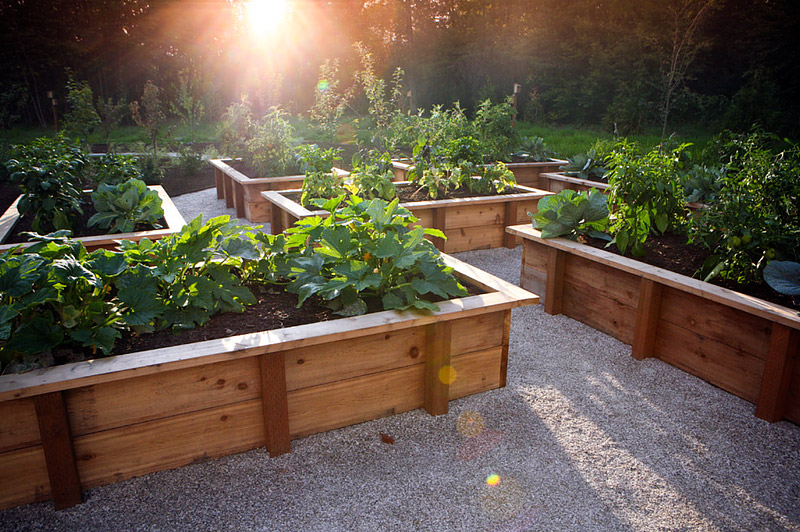
‘No-till’ gardening is a series of methods in which the soil is never disturbed, thereby protecting the complex subsoil environment for the benefit of growing plants. Amendments such as compost, manure, peat, lime and organic fertilizer are simply added to the top of the garden beds, and over time they will be incorporated into the subsoil by watering and the activity of subsoil organisms. There is no need to dig anything into the soil.
With ‘no-till’ gardening, weeding is largely eliminated. The use of mulch blocks soil-borne weeds from emerging, and any weeds which do emerge are easy to pull out because the soil is always moist. This moist, spongy soil is also the perfect medium to boost the growth of your seedlings and transplants. This process mimics the way plants grow successively in nature.
By switching to ‘no-till’ methods, you won’t have to do the heavy tilling or shovel work which so many gardeners suffer through each spring. You will need to ensure the beds remain well mulched, and take care to never step on the beds.
2. Mulch, and mulch again
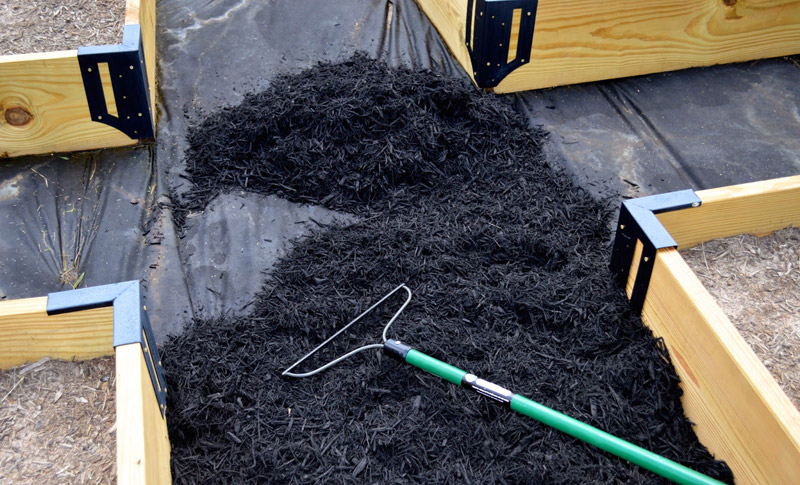
A thick layer of mulch around your plants and over the entire bed will enhance the growing conditions for garden plants while reducing time spent weeding and watering.
Mulch saves water because it reduces water lost to evaporation, and it prevents the surface of the soil from drying out. The need for regular watering is greatly reduced. Mulch also blocks weeds from sprouting, and any weeds that make it through are easy to pull since their roots are in moist, loose soil. Mulch is an essential garden amendment in areas where water is scarce.
Gardeners are always on the lookout for free sources of clean organic mulch to add to their garden. Lawn clippings are a ready source, and fresh clippings are nitrogen-rich. If plants are close to fruiting, however, let grass clippings go dry and brown before using. Fall leaves, straw (not hay), seaweed, and forest duff can be used as mulch. Bark mulch, landscape cloth, geotextiles or plastic materials should not be used as mulch on vegetable beds.
Once mulch is in place, it doesn’t need to be disturbed. Amendments like lime, compost and rock phosphate can be top-dressed. When transplanting or sowing seeds, simply part the mulch to sow seeds, then fold it back in place as seedlings take root.
The mulch you apply to your beds will gradually disappear as it breaks down and becomes incorporated into the soil. You’ll need to reapply mulch to your beds regularly, how often depending on the type of mulch used and the time of year. As the mulch gets thinner and disappears, you’ll know it all went into building new soil for the next crop.
3. Plant ‘green manure’ cover crops between rotations
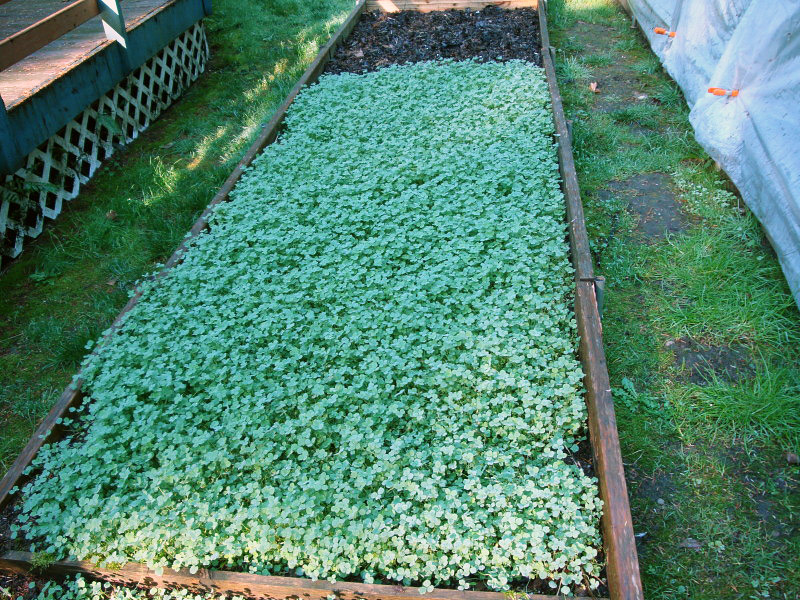
By planting green manure cover crops, such as peas, vetch, rye or buckwheat, between crop rotations, we don’t have to purchase and haul heavy bags of peat moss as often. And we buy fewer bags of composted steer manure for fertilizer. The green manure crop is easy to seed, and when mature, it’s easy to turn under in preparation for the following vegetable crop.
Using green manures complements the ‘no-till’ method. Green manures and cover crops can be used to improve soil aeration, tilth and fertility without digging into the soil. Cover crops should be turned under before going to seed, but this can be done with minimal soil disturbance. We cut our cover crops to ground level using a garden shears, and leave the clippings in place, or we ‘smother’ the crop with a heavy mulch like seaweed. This creates a ‘lasagna effect’, and enables us to replant the bed without disturbing the soil. It also saves the work of tilling and weeding usually associated with gardening.
Here are some other ways green manure saves work:
- Displaces weeds. Nature abhors a vacuum, and any exposed soil will soon be covered with weeds. Planting cover crops makes it more difficult for new weeds to get established.
- Reduces the need for peat. Each bag of peat we use has to be picked up and put down about 4 times before the peat is spread onto the garden beds. We need the peat to lighten and help aerate the soil, but green manure also contributes to the soil in much the same way.
- Reduces the need for fertilizer. Leguminous green manures will fix nitrogen into the soil, thereby reducing the fertilizer needed for new crops. We still need some fertilizer, and use canola meal for this. A benefit of using canola meal is that, unlike steer manure, it is lightweight and gardeners don’t have to worry about stray seeds being imported into the garden.
4. Grow in Raised Beds
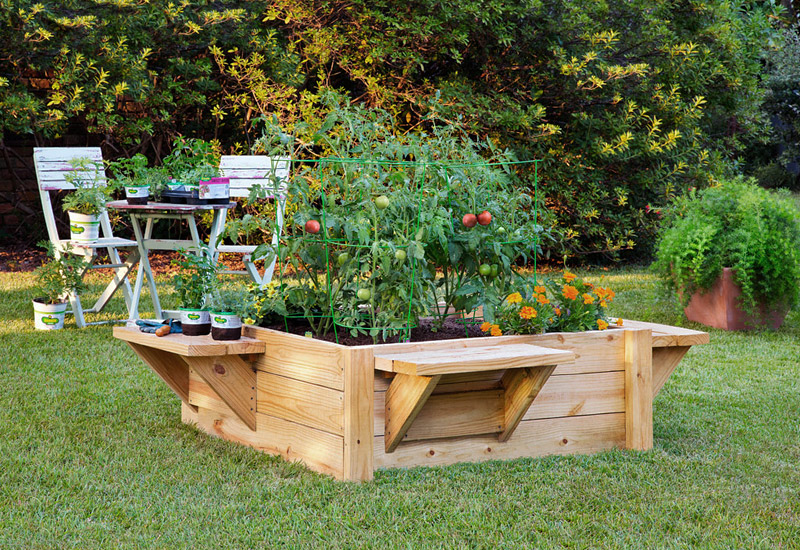
After a few hours in the garden, my back would gradually get sore and tired, sending me indoors for a cup of tea and a different activity. And as middle-age wanes, the flexibility of the back and knees seems to diminish. One day I noticed that our best beds, the ones which were well tended and yielded good harvests, were the tallest beds. My wife and I, it seemed, each gravitated to these beds because they were easier to tend than the ground-level beds.
Over the years we have converted the entire garden to raised beds. Today, we can enjoy gardening longer, without sore backs! And the garden is evenly productive, since all beds are equally comfortable to tend. After experimenting with various configurations, we’ve settled on beds which are 4’ wide, so we can reach across the bed from one side. Our garden is on sloping ground, so we built our beds 18” tall on the high side and about 6” – 10” on the low side. We work mainly from the high sides.
Raised beds have also enabled us to control the pathway weeds which used to encroach on the ground beds. By having the bed sides as barriers, it’s easy to control pathway weeds by laying down sheets of cardboard or bark mulch. The garden is tidier now and gives us a feeling that things are not growing out of control. And we spend almost no time weeding!
5. Use soaker hoses for watering

For too many gardening seasons, we dragged the hose from bed to bed in order to keep our garden watered. We were slaves to dry weather, often changing our personal schedules to be in the garden to water a bed with starter plants. Care was taken to avoid watering the leaves of some plants, like tomatoes, to prevent blight, which meant we couldn’t just set a sprinkler and leave. Watering was done by hand since different crops had different water requirements.
Today, we simply turn on the water spigot and each bed receives a slow, steady flow of water directly to the root zones. Soaker hoses are laid on beds, delivering slow, steady dripping to the plant root zones. This saves us time, and also saves water since no spray is lost to wind, and our pathways do not get watered. This is important because pathway weeds will dry up and require less work in weeding. Less work!
Soaker hoses can be laid beneath light mulch, like straw, so they’re not visible. We also use a battery-powered electric timer to turn on the soaker hoses, and to turn them off after a designated period. This enables us to be off-site, without worrying about watering our vegetable plots.
To our surprise, we’ve had more consistent gardening results since switching to the soaker hose and timer system. The plants are bigger and the yield is greater. The slow, steady supply of water enables the roots to maintain a slow intake, feeding their natural absorption capacity. Our hand-watering practice, on the other hand, applied the water faster, and in larger amounts, which resulted in considerable water lost to runoff (which watered the pathway weeds) and less water actually being absorbed by the plant roots. We found that use of soaker hoses helped us achieve better garden production with less work.
Here in North America, we have a cultural notion that hard work is a good thing. I prefer to think that results are a good thing. If we can enjoy better results in gardening with less work, more people will be encouraged to try gardening, and those who already have gardens will enjoy it that much more.
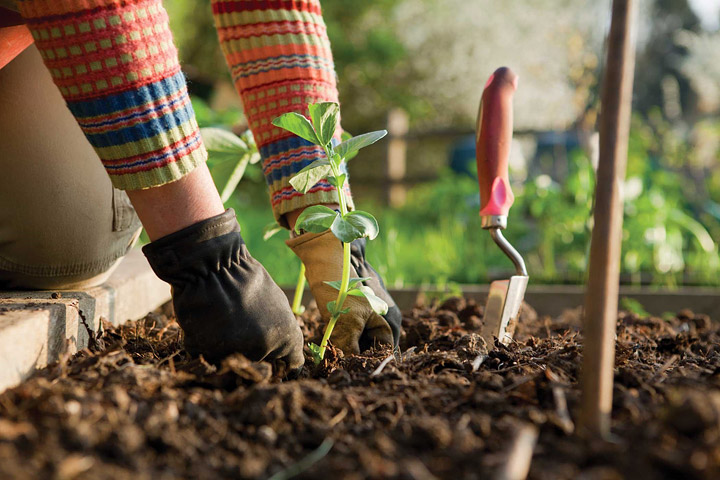


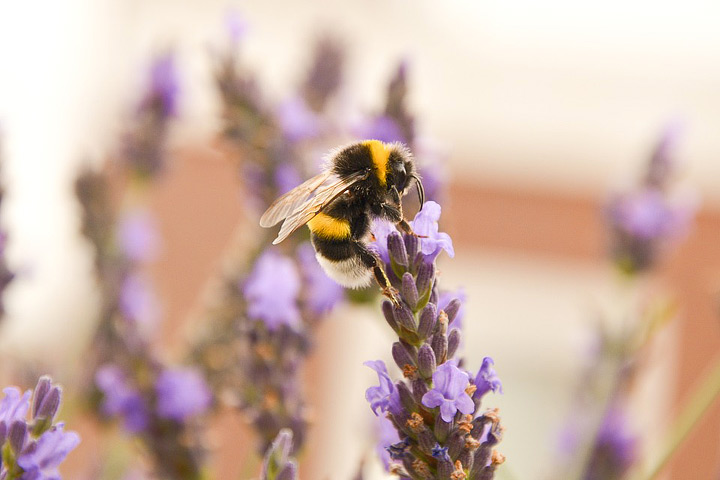

Leave a Reply